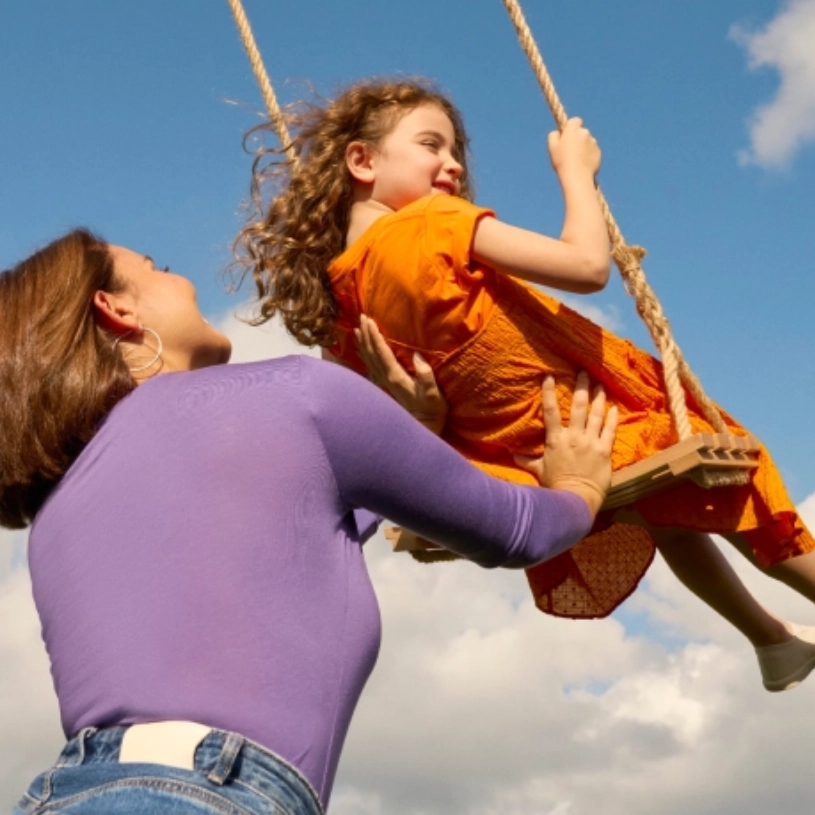계절성 알레르기의 원인과 증상
계절성 알레르기로 인해 움츠리지 마십시오.

알레르기 철은 사람마다 다를 수 있습니다. 우리 눈에 보이지 않는 공기 중에 다양한 종류의 실외 알레르겐이 떠다니기 때문입니다. 그래서 계절성 알레르기는 풀, 나무, 곰팡이 포자 등 계절별 꽃가루에 노출되면 흔히 나타나게 됩니다.1
이 기사에서는 다음의 정보를 확인하실 수 있습니다.
실외 곰팡이 알레르기
곰팡이는 실내외 다양한 환경에서 번식하며, 특히 축축하고 습기가 많은 주거지에서 왕성하게 증식합니다. 주요 증상은 다음과 같습니다.2
코 또는 목의 가려움
눈의 가려움, 눈물
코막힘 또는 콧물
곰팡이 알레르기를 피할 수 있는 방법을 알아보세요.
꽃가루 알레르기
돼지풀 알레르기
돼지풀은 식물의 일종으로 꽃가루 알레르기와 유사한 증상을 유발합니다. 돼지풀 철은 늦가을로, 세이지 및 쑥과 같은 특정 식물류가 공기 중에 꽃가루를 날리면서 나타나게 됩니다.
외출 시 착용한 옷을 벗어 곧바로 세탁하면 집안으로 꽃가루가 들어오는 것을 막을 수 있습니다.
돼지풀 알레르기의 증상은 다음과 같습니다.4
재채기
코 또는 목의 가려움
눈의 가려움
코막힘 또는 콧물
계절성 알레르기를 최소화할 수 있는 몇 가지 방법을 알려드립니다.1
꽃가루가 많이 날리는 날은 실내에 머무르세요.
창문을 닫으세요.
에어컨을 사용하세요.
외출은 늦은 오후에 하시는 것을 권장합니다.
실외에서 작업할 땐 마스크를 착용하세요.
안경을 써서 꽃가루가 눈에 들어가지 않게 하세요.
잔디를 잘 관리해 주세요.
외출 후에는 피부와 머리카락에 묻은 꽃가루를 씻어 내세요.
반려동물이 밖에 나갔다 온 후에는 목욕시키거나 빗질을 해주세요.
1. NIH Medline Plus Magazine, Editors. What triggers seasonal allergies?, NIH Medline Plus Magazine (magazine.medlineplus.gov),2020
2. American Academy of Allergy, Asthma, and Immunology, Editors. Mold Allergy, American Academy of Allergy, Asthma, and Immunology (aaaai.org),2021
3. American College of Allergy, Asthma & Immunology, Editors. Pollen Allergy, American College of Allergy, Asthma & Immunology (acaai.org),2019
4. Asthma and Allergy Foundation of America, Editors. Ragweed Pollen Allergy, Asthma and Allergy Foundation of America (aafa.org),2019
5. Olasińska-Wiśniewska A, et al. Cardiovascular safety of antihistamines. Postępy Dermatologii i Alergologii. 2014.31(3);182-186
6. Bousquet J et al. Allergic Rhinitis. Nat Rev Dis Primers. 2020.6(95);1-17
7. Mark E et al. Efficacy and tolerability of 2nd and 3rd gen antihistamines. ANNALS OF ALLERGY, ASTHMA & IMMUNOL. 2010.104;518–522
8. Fein MN et al. CSACI position statement_Newer generation H1-antihistamines (3rd generation) are safer than first-generation H1-antihistamines. Allergy Asthma Clin Immunol. 2019.15(61);1-6
9. Anne K et al. Second-and third-generation antihistamines. DERMATOLOGIC THERAPY. 2000.13;327–336
10. Thomas B et al. Next generation antihistamines therapeutic rationale accomplishments and advances. Expert Opinion on Investigational Drugs. 2002.11(6);807-817
11. Day J H et al. Onset of action, efficacy, and safety of a single dose of fexofenadine hydrochloride. Ann Allergy Asthma Immunol. 1997.79;533-540.
12. Smith SM et al. Fexofenadine: biochemical, pharmacokinetic and pharmacodynamic properties and its unique role in allergic disorders. Expert Opinion on Drug Metabolism & Toxicology. 2009;5(7);813-22
13. Peter H. Double-blind, placebo-controlled study. Comparing the efficacy and safety of fexofenadine and cetirizine in seasonal AR. J ALLERGY CLIN IMMUNOL. 1999;104(5);927-33
14. Van Cauwenberge et al. Comparison of the efficacy, safety and quality of life provided by fexofenadine hydrochloride 120 mg. Clin Exp Allergy. 2000. 30(6);891-899
[Study Design11] This study was of a randomized, placebo-controlled, double-blind, parallel design. The purpose of this study was to characterize the time to onset of clinically important relief of symptoms of allergic rhinitis in subjects taking single doses of either 60 mg or 120 mg fexofenadine HCl, or placebo, after exposure to ragweed pollen in a controlled environment. Other objectives were to assess the efficacy and safety of single doses of fexofenadine HCl.
[Study Design13] A multicenter, double-blind, parallel-group, placebo-controlled trial compared the efficacy and safety of fexofenadine HCl (120 and 180 mg administered once daily) and cetirizine (10 mg once daily) in the treatment of seasonal allergic rhinitis. The primary efficacy variable was the change in mean 24-hour eflective TSS during the treatment period in relation to the single blind lacebo lead-in phase.
[Study Design14] This was a multinational, multicentre, double-blind, parallel group, randomized, placebo-controlled study. Following a placebo run-in phase of 3±7 days (the baseline period), patients with SAR were randomized to receive one capsule of either fexofenadine HCl 120mg(n=232), loratadine 10mg(n=228), or placebo(n=225), once each morning for 14 days. The primary efficacy parameter was the change in the mean 24-h reflective TSS during the double-blind treatment period from that during the baseline period.
추천 기사
※3세대 성분들의 경우, 2세대의 개선 성분으로 2세대에 포함시키는 경우도 있습니다.
MAT-KR-2301160-v1.0-07/2023

